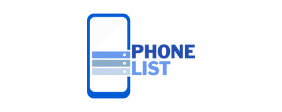Start with the basic elements your template will need:
Header : Showcase your brand logo and navigation options Create a Basic Plan.
Hero Section :
Grab attention with a compelling headline , value proposition, and visuals.
Content : Build trust and credibility with user-friendly, informative dataset content, tailored to your target audience and keywords.
Call to Action : Encourage users to take a desired action, whether it’s subscribing, learning more, or purchasing.
Footer : Provides additional information such as contact details and legal agreements.
5. Embrace Dynamic Elements
Programmatic SEO thrives on dynamism.
Use placeholders or custom fields wherever you want different content to be injected based on your keywords and data. This could include titles, product descriptions, images, or even entire sections of a page.
6. Focus on User Experience
Remember, even with automation, good UX is conservadores vermelhos: os parlamentares of utmost importance.
Make sure your template is visually appealing, easy to navigate, and mobile-friendly. Users should find it intuitive and engaging, regardless of what keywords triggered the page creation.
7. Test and Refine
There is no perfect template. Constantly test and refine your creation. Analyze user behavior, track conversions , and collect feedback.
Adjust your template based on your findings to ensure saudi phone number it remains optimized for both search engines and users.
By following these steps and adding your creative touch, you can build a powerful and flexible landing page template that supports your programmatic SEO engine to reach new levels of visibility and success.
Remember, the perfect template is an entity that is constantly evolving, growing and adapting to your SEO goals and audience engagement Create a Basic Plan.

